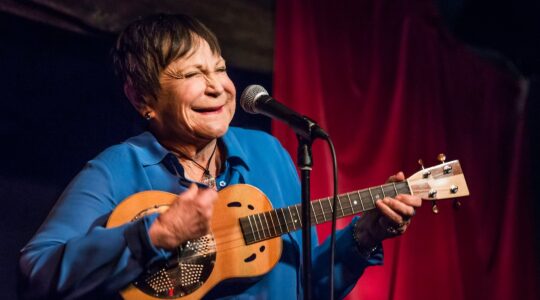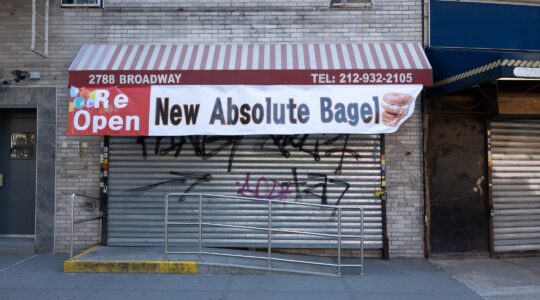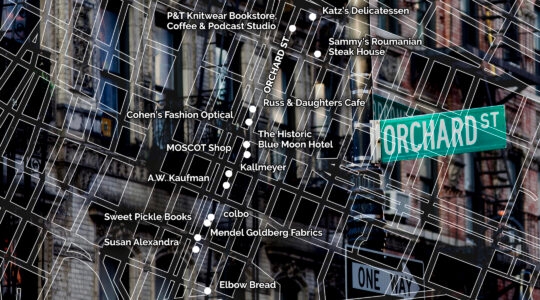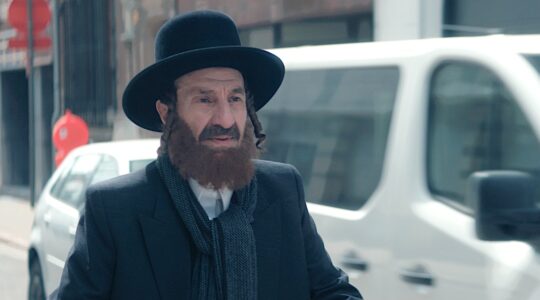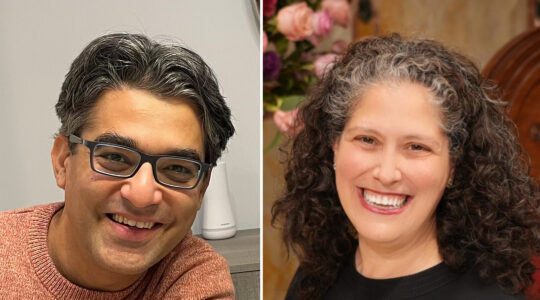For art lovers, the great American road trip has a new pit stop.
That’s because the arts are in bloom in Kansas City, Mo., the major stop between St. Louis and Denver on Interstate 70, which slices through Middle America from Baltimore to Utah.
Kansas City — the onetime home of Charlie Parker and a signature blues style — is remaking itself as a cultural mecca for the 21st century. Mahler and Stravinsky are now the headliners where jazz once reigned. At the heart of this metamorphosis is an ambitious new performing arts complex designed by Moshe Safdie, which opened last month to national acclaim, as well as a stunning architectural transformation of the city’s fine arts museum.
Along with Arkansas’s new Crystal Bridges Museum of American Art (also designed by the Israeli-born Mr. Safdie, who is having a very busy year), the Kauffman Center for the Performing Arts is part of a bid by Middle American cities to regain the cultural prominence that has been in a long, slow decline since the mid-20th century.
Much of the art-world buzz in recent years has gone to coastal institutions like the Broad Museum of Contemporary Art in Los Angeles.
But Kansas City — which actually straddles Missouri and Kansas, at the confluence of the eponymous rivers — is the country’s geographical center. It’s the middle of Middle America, with a redbrick, tree-lined sidewalks feel. Locals brag their city has more fountains than any other in the United States, which tells you that public spaces still matter in this car-centric age.
Evidence is in the recent renaissance of the Missouri city’s Crossroads District. A downtown neighborhood roughly bordered by Grand Boulevard and Broadway south of highway 670, Crossroads was – like so many urban districts – neglected in the postwar suburban boom, only to be resurrected by city planners as an arts and gallery zone.
Kansas City has lately attracted young artists priced out of Chicago and St. Louis. You can schmooze with them at the Crossroads galleries, which offer a local, small-scale counterpart to the big institutions. Go on first-of-the-month Friday nights for wine-and-cheese openings, or second-Saturday afternoons for guided walks (check www.kccrossroads.org for details and events).
Kansas City’s low-slung skyline was instantly transformed by the swooping curves of Safdie’s nearly 3,000-square-foot Kauffman Center. Twin white domes, sliced through with unexpected angles, rise from the surrounding greenery like giant hard-boiled eggs. Avoiding the architectural mistakes of so many mid-century arts complexes, the two performance halls and surrounding plazas are united by a glass sheath, with a sheer, shimmering façade at the rear and spectacular rooftop views.
The area’s Jewish community has long emphasized both arts and philanthropy, with an active presence in the Kauffman project. The prominent Kansas City Jewish philanthropists Shirley and Barnett Helzberg were among the center’s major funders, and its 1,600-seat Helzberg Hall is now home to the Kansas City Symphony. The orchestra’s inaugural season in the hall is off to a rousing start: director Michael Stern will conduct Mahler’s magnificent Second Symphony, the “Resurrection.”
In keeping with the modern taste for a more intimate audience experience, Safdie designed an oval-shaped hall with seating all around the musicians. Itzhak Perlman played for the inaugural concert, while Marvin Hamlisch headlined in November, when the Midwest Center for Holocaust Education chose the brand-new center for its annual gala.
The Kansas City Ballet has upcoming performances of “Romeo and Juliet” in its own new Muriel Kauffman Theatre, a 5,000-square foot-stage that will also host plays, musicals and visiting dance troupes. The Lyric Opera of Kansas City, which completes the center’s trio of resident companies, presents John Adams’s “Nixon in China” in February.
A short drive away, the imposing, Greek temple-style Nelson-Atkins Museum of Art aims to be Missouri’s comprehensive arts collection. Over the past 15 years, the museum has been busily renovating: polishing the original marble columns and limestone surfaces to their 1930s sheen, and grabbing the art world’s attention with its bold new addition, the Bloch Building.
A series of glowing cubes nestled into the rolling green landscape of the Kansas City Sculpture Park, the Bloch Building stands out for its collection of massive Henry Moore bronzes. Opened in 2007 to showcase newer art, the Bloch is connected to the main building with a light-filled gallery that currently houses Luis Tomasello’s “Chromoplastic Mural” — a shimmering, textured wall installation that engages visitors by appearing to change as you walk by it.
Appropriately enough, the Nelson-Atkins is a terrific place to survey American art – from portraits by Copley and Singer Sargent to moody landscapes by Winslow Homer, photographs by American legends like Steichen and Stieglitz, and paintings by local hero Thomas Hart Benton. Asian art has also long been a strength of the museum, all the more so with new Chinese galleries that opened this month. And a major Rodin exhibit is slated for February.
All together, Kansas City is no longer just a barbecue pit stop on the cross-country drive. For art lovers, it’s now a major detour.
The New York Jewish Week brings you the stories behind the headlines, keeping you connected to Jewish life in New York. Help sustain the reporting you trust by donating today.
